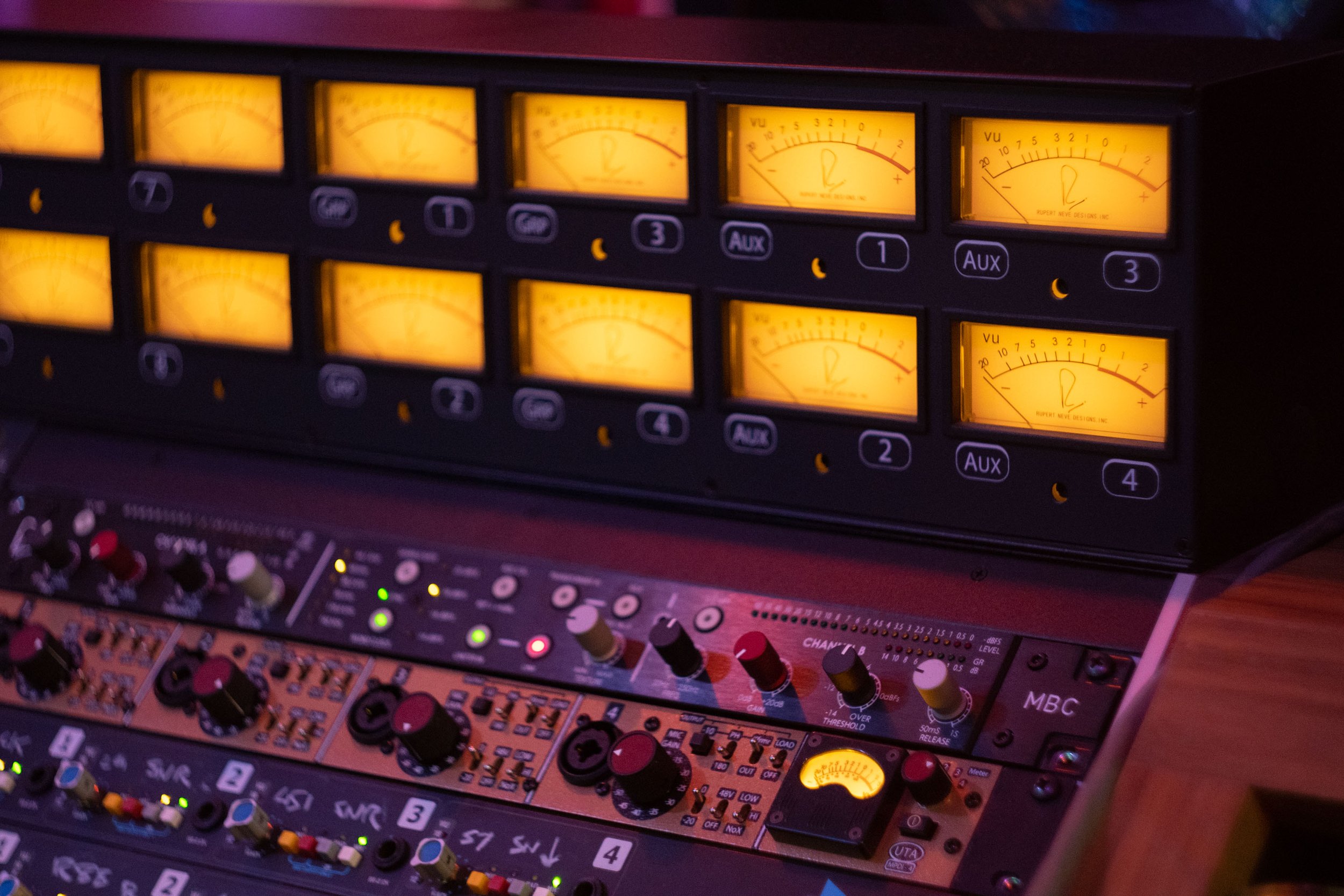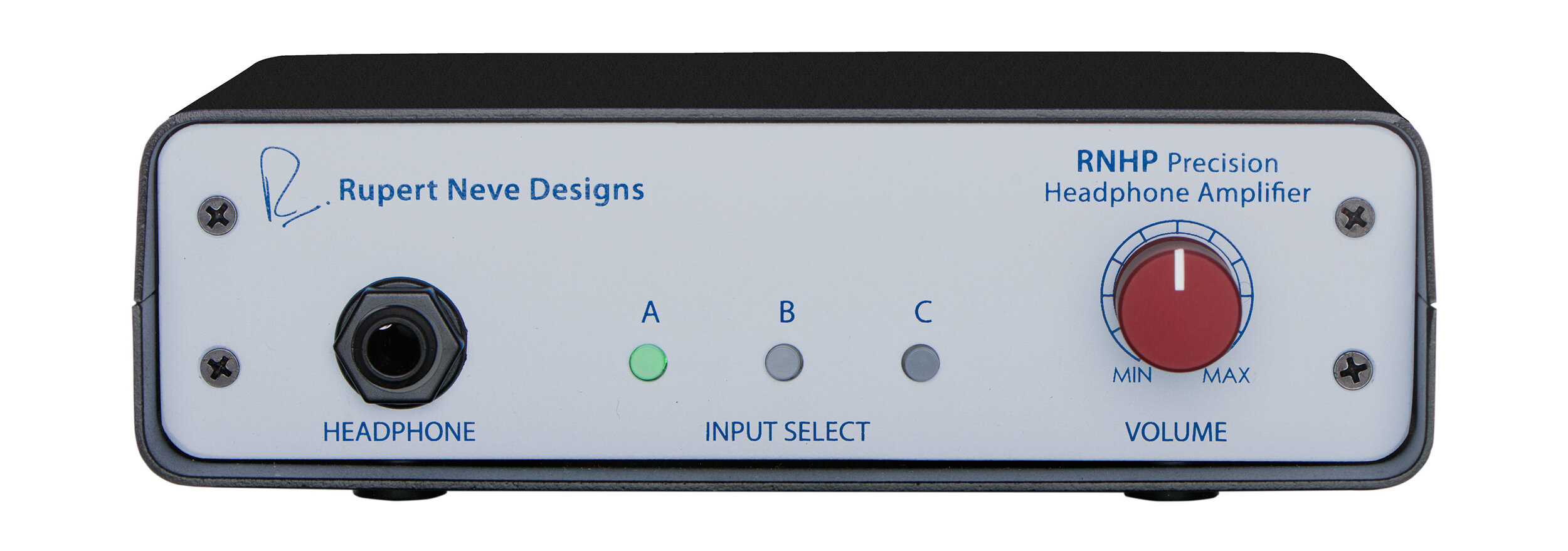Patchwork Studios and the 5088
The following is an interview with producer, mix engineer, and songwriter Mike Crossey. Based in both Los Angeles (at Patchwork Studios) and London, Mike has worked with artists including The 1975, Jake Bugg, Foals, The Kooks, Ray Davies, Two Door Cinema Club, and many more.
Hi Mike! Can you please tell us a bit about Patchwork?
Patchwork Studios is a private recording studio in the Culver City neighborhood of Los Angeles.
Myself and engineer Stephen Sesso refurbished and opened in early 2019. For many years before that the great producer/writer/mixer Greg Wells had it as his private studio named Rocket Carousel.
The aim was to create a space that has the capability of a large commercial facility in terms of the level of equipment but with a more relaxed vibe and workflow speed that really enhances creativity. We have everything you need to make a great recording right here.
How did you first encounter Rupert Neve Designs?
I have been aware of Rupert Neve’s classic vintage designs from my teenage years as I was becoming obsessed with record production. However my first encounter with the more modern RND equipment was around 2016 when I was looking for a channel strip for vocals and picked up the Shelford Channel just based on the fact Rupert Neve had designed it so it’s most likely going to be very high quality! I was instantly very impressed with the sound. After a few months I was thinking I'd ideally like to replace most of my microphone preamps with 5052s and that led me to purchasing the 5088.
What made the 5088 the right choice for you?
I spent most of my career working on large format analogue consoles and was looking to create a studio with a more modern hybrid approach but I wasn’t ready to let go of the sound of analogue. I figured I would need a small console but with the absolute best sound available.
The 5088 in this 8 channel format was the absolute perfect fit for the studio and workflow. In a relatively small footprint it takes care of a lot of tasks on a daily basis!
When tracking it functions as the centerpiece of the front end. Most of our preamps are housed in the penthouse and we are combining multi-miked sounds together and outputting to tape / Pro Tools through the groups. Our headphones, talkback and external playback devices all come together in the centre section too.
Then whilst mixing, I am using the aux to groups function to bypass the faders and the console functions as a big beautiful summing mixer. I am able to take advantage of the insert points at both the group stages and mix bus to add a few choice pieces of outboard, with the resulting mix being printed back through the RND Master Buss Converter – also housed within the 5088 penthouse.
I have owned and used so many consoles over the years and most were pretty fussy about how you hit them and many were quite unreliable. The 5088 just has huge headroom, is virtually noiseless, and the musical sound it imparts just makes me smile!
How does the console / its modules sound? What are your favorite things about it?
The 5088 gives a sound that I’d describe as a lacquer of quality over everything you run through it. It is very HiFi and musical sounding. It’s just a joyous piece of equipment to own and use daily.
I am also a huge fan of the 5052s. They give me everything I need at my fingertips when tracking at speed trying to capture the moment. The preamps sound wonderfully open and articulate and then just a little bit of silk can give a little more fatness or attitude to a sound when needed. The EQ sounds fantastic too, the mid range boost is magical on electric guitars.
We see you have an RNHP. What difference has that made for you?
I didn’t hesitate to pick up a RNHP when I needed a dedicated headphone amp for the control room. My experience with other RND products gave me confidence that it would be reliable and sound great and it delivers both of those things.
How about the Shelford Channel? How would you compare it to the older modules?
I do love the classic Neve modules too and have owned both 1073s and 1081s. What I find with the Shelford mic preamps is that I dial in the sound and feeling of those familiar saturated sounds of the vintage modules by adding a heavy dollop of Silk into the mic pre. The flexibility of being able to also dial in a cleaner, more detailed and open sound as well makes the Shelford Channel more valuable to me personally.
My Shelford Channel lives outside the 5088 exclusively on our vocal chain, and that is a pretty big endorsement in itself seeing as it's the most important job in the studio. The flexibility of tone that the unit gives and speed that I can dial in a great vocal tone makes it pretty safe in that role!
Is there anything you’d like to say about Rupert Neve Designs in general?
I am glad that you guys exist! It’s great to have a company whose products carrying the name are all high quality and musical.









